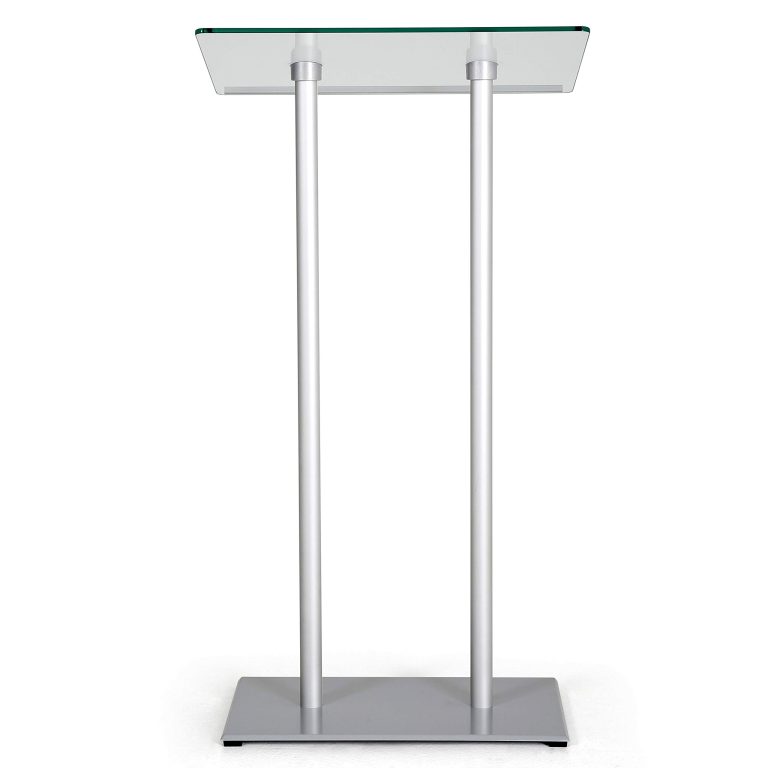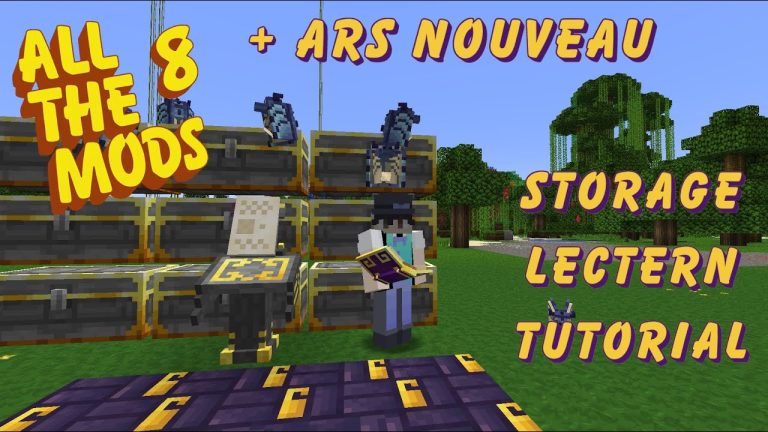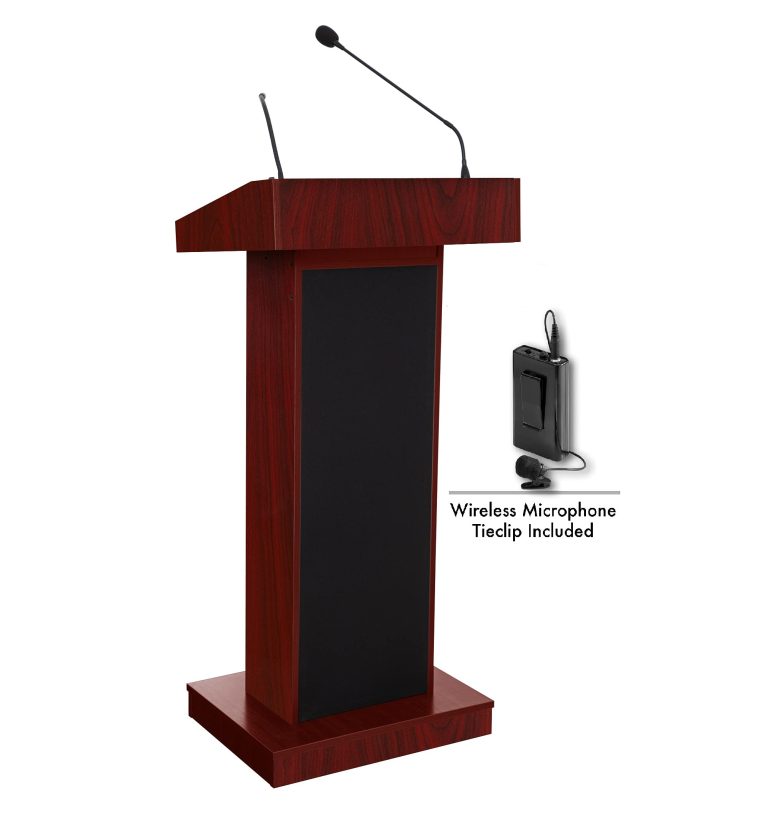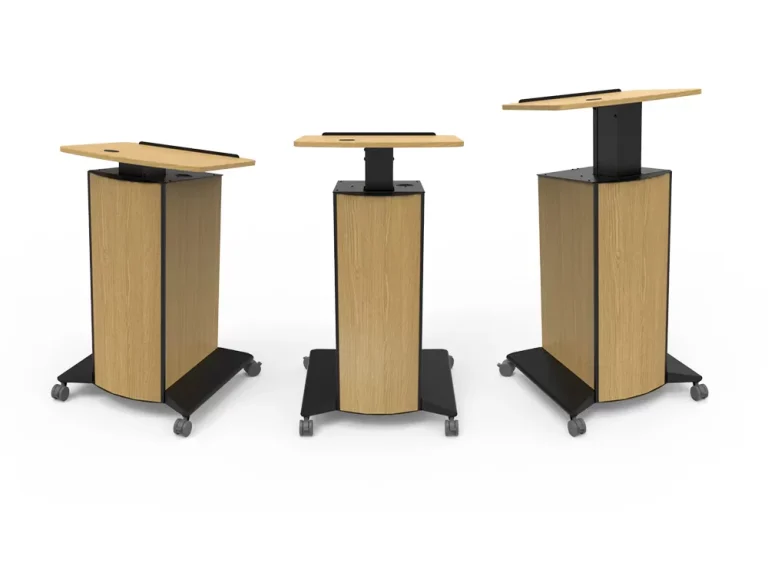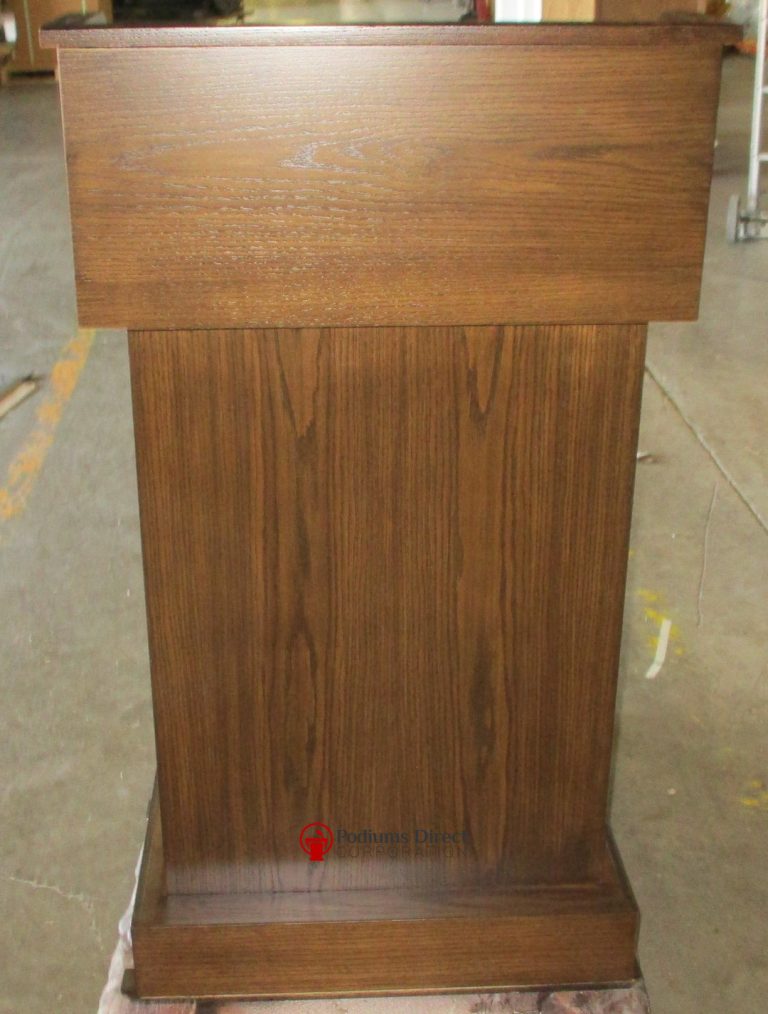Stagecrafting Lighting Effects
Stagecrafting Lighting Effects refers to the process of creating and controlling various lighting techniques and effects for theatrical productions and live events. We will explore the importance of stage lighting and its impact on the overall atmosphere and storytelling of a performance.
From the strategic placement of lights to the use of color and intensity, stagecrafters use a range of techniques to enhance the visual experience and evoke emotions in the audience. Whether it’s creating realistic settings or capturing the essence of a particular scene, lighting effects play a vital role in bringing a production to life and creating a memorable experience for the audience.
So let’s dive into the world of stagecrafting lighting effects and discover the artistry behind this essential component of live performances.
Introduction To Stagecrafting Lighting Effects
Learn the art of stagecrafting lighting effects, from creating captivating ambiance to enhancing performances. Explore techniques for achieving stunning visual effects that captivate audiences and elevate the overall theatrical experience.
The Importance Of Lighting In Stagecraft
Lighting is a crucial element in stagecraft as it sets the mood, enhances the visual appeal, and helps convey the intended message of a performance. Without proper lighting, even the best-designed stage can fall flat, leaving the audience disconnected from the production. Whether it’s a vibrant musical, an intimate play, or a grand dance performance, lighting plays a significant role in shaping the overall ambiance and capturing the audience’s attention.
Basic Principles Of Lighting Design
Effective lighting design requires a thorough understanding of the basic principles that govern how light interacts with its surroundings. By employing these principles, stagecrafters can create stunning lighting effects that captivate the audience and enhance their experience. Here are a few key principles:
- Intensity: The brightness or dimness of the light source affects the overall mood and visibility on stage.
- Color: The color of light can convey emotions, differentiate scenes, and evoke specific moods. By using color gels or filters, stagecrafters have the power to transform the atmosphere and guide the audience’s emotions.
- Direction: The angle and position from which light is projected can create depth, shadows, and highlights. Properly directing the light can emphasize certain objects or performers, drawing the audience’s attention to specific focal points.
- Texture: Adding texture to the stage through patterns or gobos can further enhance the visual appeal and create a more immersive environment.
- Motion: Dynamic lighting effects, such as moving lights or changing patterns, can add excitement and energy to a performance. By altering the lighting dynamically, stagecrafters can create visual rhythm and keep the audience engaged.
By utilizing these principles, stagecrafters can transform an ordinary stage into a mesmerizing and unforgettable experience. Whether it’s a subtle flicker or a dramatic spotlight, the right lighting effects can evoke emotions, emphasize key moments, and transport the audience into the world of the performance.

Credit: www.ilm.com
Types Of Stage Lighting Fixtures
Stage lighting is an essential element in creating memorable performances and enhancing the overall ambience of a production. There are various types of stage lighting fixtures that play a crucial role in illuminating the stage and setting the mood. Let’s take a closer look at some of the most common types of lighting fixtures used in stagecrafting:
Spotlights
Spotlights are a staple in the world of stage lighting. These powerful fixtures emit a narrow beam of light that can be focused on a specific area or performer. Spotlights are used to highlight the main actors, create dramatic effects, and draw attention to key moments in a performance. With their ability to produce intense and concentrated light, spotlights play a vital role in directing the audience’s attention to the focal points of the stage.
Floodlights
Floodlights, as the name suggests, provide a broad and even distribution of light across a wide area of the stage. These fixtures are used to illuminate large sections of the stage, including backgrounds, sets, and dance floors. Floodlights can be adjusted to create different levels of brightness and color, allowing stage designers to create various moods and atmospheres. Whether it’s a vibrant musical number or a serene backdrop, floodlights help to establish the overall ambiance of a performance.
Fog And Haze Machines
Creating an ethereal and otherworldly atmosphere on stage is often achieved through the use of fog and haze machines. These machines produce a mist or haze that can be illuminated by stage lights, enhancing the visibility and impact of the lighting effects. Fog machines generate a dense fog that can be used to create a mysterious or ominous setting, while haze machines produce a fine mist that adds depth and texture to the stage lighting. By emphasizing the beams of light and the shapes they form, fog and haze machines help to captivate the audience’s imagination.
| Fixture Type | Function |
|---|---|
| Spotlights | Highlight main actors and create dramatic effects |
| Floodlights | Illuminate large areas of the stage and set the overall mood |
| Fog and Haze Machines | Enhance visibility and add an ethereal touch to the lighting effects |
In conclusion, the various types of stage lighting fixtures work together to bring a performance to life. Spotlights draw attention to specific areas, floodlights create an atmosphere, and fog and haze machines add depth and intrigue to the overall visual experience. By understanding the functions of each fixture and employing them strategically, stagecrafters can elevate any production to new heights.
Creating Different Lighting Effects
Creating different lighting effects is an essential aspect of stagecrafting that can elevate a performance from ordinary to extraordinary. Lighting effects have the power to enhance the mood, atmosphere, and overall impact of a stage production.
Color Mixing And Gobos
Color mixing is a fundamental technique used in stage lighting to create captivating and visually appealing effects. By combining different colors, lighting designers can evoke various emotions and convey the desired atmosphere of a scene. By using colored gels or filters, the lighting technician carefully adjusts the intensity and combination of hues to achieve the perfect balance.
Another fascinating technique that adds depth and dimension to lighting is the use of gobos. Derived from the word “go between,” gobos are sheets of metal or glass with intricate patterns or shapes cut out of them. These customized gobos are placed in front of the light source to project patterns, images, or even logos onto the stage. This technique allows the lighting designer to create mesmerizing effects by playing with light and shadows.
Shadows And Texture
Shadows are a versatile tool in stagecrafting lighting effects. They add depth, drama, and a touch of mystery to the performance. By strategically placing lights and manipulating their angles, shadows can be cast in different directions, creating visually striking compositions on stage. These shadows not only emphasize the physical presence of actors or props but also add texture and dimensionality to the overall visual aesthetic.
Texture is another essential element that can be created through lighting effects. By using carefully designed lighting setups, the lighting designer can enhance the appearance of different materials, such as fabric, metal, or wood. This technique brings a sense of realism and authenticity to the stage, making the audience feel more immersed in the performance.
Special Effects
In addition to color mixing, gobos, shadows, and texture, stage lighting also allows for a wide range of special effects. These effects can mesmerize the audience and create moments of awe and wonder. From strobe lights that create a pulsating and energetic atmosphere to fog machines that add an ethereal and dream-like quality to the performance, special effects help transform the stage into a magical space.
Lasers, moving lights, and projections are some of the other advanced techniques used to create captivating and immersive lighting effects on stage. These cutting-edge technologies provide endless possibilities for lighting designers to enhance a performance and leave a lasting impact on the audience.
Lighting Techniques And Control Systems
When it comes to stagecrafting, lighting plays a vital role in creating the right atmosphere for performances. Lighting techniques and control systems allow stage designers to bring their visions to life, enhancing the overall impact of a production. In this section, we will explore three essential lighting techniques: Frontlighting, Backlighting, and Sidelighting. Additionally, we will discuss control systems such as Fade, Crossfade, Fade-to-Black, DMX, and Wireless Control.
Frontlighting
Frontlighting is a fundamental lighting technique that involves illuminating the performers from the front of the stage. It helps to highlight the facial expressions and features of the actors, ensuring they are clearly visible to the audience. This technique is particularly effective for solo performances, as it creates a direct and intimate connection between the performer and the viewers. By strategically placing lights in front of the stage, stagecrafters can control the focus and visibility of the actors, capturing the attention of the audience.
Backlighting
Another crucial lighting technique is backlighting. As the name suggests, this technique involves placing lights behind the performers or objects on stage. Backlighting helps to create depth and separation between the actors and the background. It adds a dramatic effect by creating silhouettes or outlines around the subjects, capturing the viewers’ attention. By carefully positioning the lights at different angles, stage designers can create stunning visual effects that enhance the overall aesthetics of the performance.
Sidelighting
Sidelighting is a versatile technique that involves placing lights at the sides of the stage, facing the performers. This technique creates shadows and highlights, adding depth and dimension to the stage. Sidelighting can be used to accentuate specific movements or moments during a performance, creating visually striking effects. It also helps to create contrast and shape, emphasizing the contours of the actors’ bodies and adding a dynamic element to the overall composition.
Fade, Crossfade, And Fade-to-black
Fade, crossfade, and fade-to-black are control techniques that regulate the intensity and transitions of lighting effects during a performance. Fade is the gradual transition of light from one intensity level to another. Crossfade is a smooth transition between two different lighting states or scenes. And fade-to-black refers to the gradual dimming of lights until the stage is completely dark. These control techniques allow stagecrafters to create seamless and atmospheric lighting changes, enhancing the overall storytelling and emotional impact of a production.
Dmx And Wireless Control
To implement these lighting techniques and control systems effectively, stagecrafters rely on control systems such as DMX and wireless control. DMX (Digital Multiplex) is a protocol that allows communication between lighting fixtures and control devices, enabling the precise manipulation of lighting effects. Using a DMX controller, stage designers can easily program and control the intensity, color, and movement of lights throughout a performance. Wireless control, on the other hand, provides the flexibility and freedom to control lighting effects remotely, offering more options and convenience in stagecrafting.
Tips For Effective Stagecrafting Lighting Effects
Discover essential tips for creating stunning stagecrafting lighting effects. Enhance the ambiance and mood of your performance using effective techniques and innovative lighting designs. Transform your stage into a captivating visual experience that will leave a lasting impression on your audience.
Understanding The Production And Its Mood
When it comes to stagecrafting lighting effects, understanding the production and its mood is paramount. By immersing yourself in the storyline and themes of the play or performance, you can create lighting effects that enhance the overall atmosphere and evoke the intended emotions. Consider the setting, time period, and genre to determine the appropriate color schemes, intensity levels, and lighting techniques that will complement the production. Collaborating closely with directors, designers, and other creative professionals is key to ensuring that your lighting effects align with the vision and objectives of the production.Collaborating With Other Stagecrafting Professionals
Stagecrafting lighting effects is a collaborative process that involves working closely with other professionals in the field. Communication and teamwork are crucial to ensure that all elements of the production come together seamlessly. By collaborating with set designers, costume designers, and sound engineers, you can synchronize lighting effects with other design elements to create a cohesive and visually stunning production. Regular meetings and discussions will help you to understand their vision and incorporate their requirements into your lighting design.Balancing Lighting With Other Design Elements
Effective stagecrafting involves skillfully balancing lighting with other design elements. While lighting can greatly enhance the mood and atmosphere of a performance, it should not overpower or overshadow other visual or auditory components. Collaborate closely with set designers and costume designers to ensure that your lighting design complements their work. Experiment with light intensity, angles, and colors during rehearsals to find the perfect balance that highlights the performers and their surroundings while also contributing to the overall aesthetic of the production.Table: Stages Of Collaboration
| Stage | Description |
|---|---|
| 1 | Immerse yourself in the production’s storyline and themes |
| 2 | Collaborate with directors, designers, and other industry professionals |
| 3 | Communicate regularly to ensure alignment of lighting effects with overall vision |
| 4 | Balance lighting with other design elements without overpowering |
- Understand the production’s storyline, themes, setting, time period, and genre.
- Collaborate with directors, designers, and other professionals to align lighting effects with the overall vision.
- Communicate regularly to ensure synchronization with other design elements.
- Experiment during rehearsals to find the perfect balance of light intensity, angles, and colors.
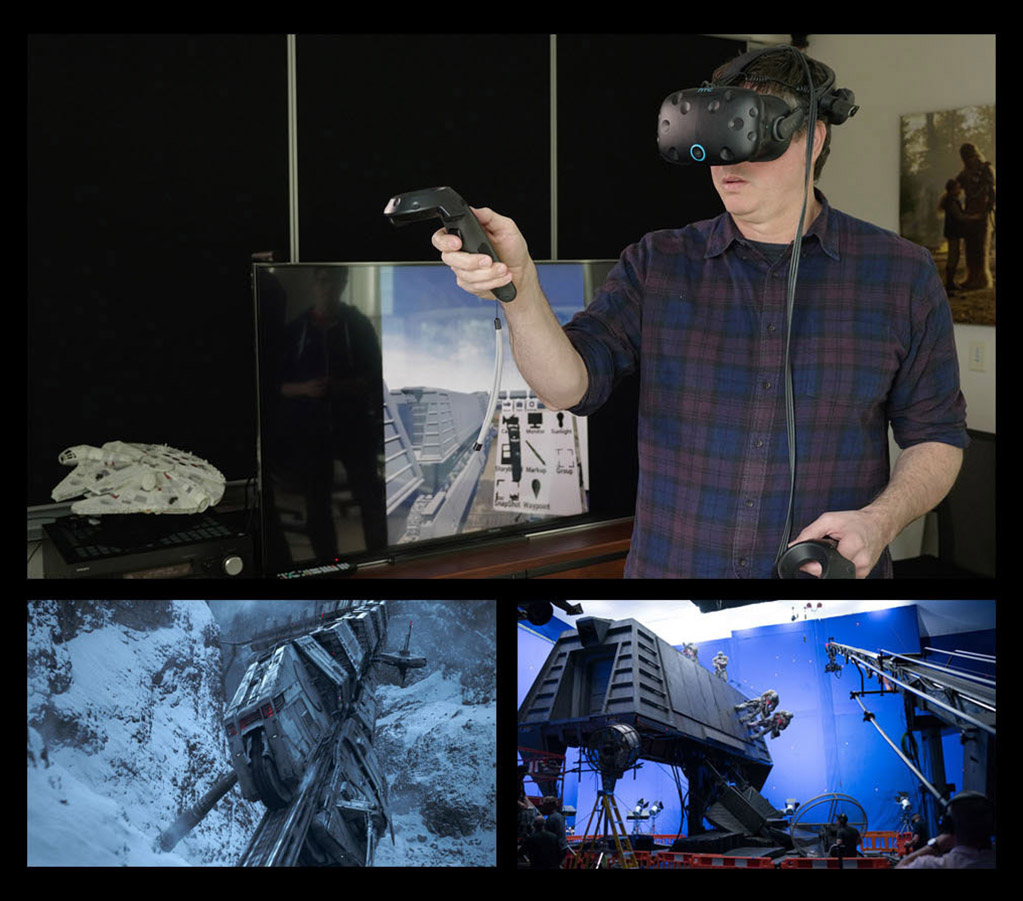
Credit: www.ilm.com

Credit: www.amazon.com
Frequently Asked Questions On Stagecrafting Lighting Effects
How Is Stage Lighting Is Used To Create Special Effects?
Stage lighting is used to create special effects by using various techniques like color filters, gobo projections, and moving lights. These lights can enhance mood, highlight objects, create illusions, and add depth to the stage. By manipulating light intensity, direction, and color, special effects can be achieved to enhance the overall theatrical experience.
What Are The 6 Functions Of Stage Lighting?
Stage lighting serves six essential functions: visibility, selective focus, modeling, mood creation, reinforcement of style and theme, and time and place establishment. It ensures that the performers and set are clearly seen, directs the audience’s attention, adds dimension to performers’ appearances, sets the atmosphere, reinforces the production’s artistic vision, and helps establish the time and location of the scene.
How Lighting Affects Mood In Theatre?
Lighting in theatre has a direct impact on mood. It creates atmosphere, enhances emotions, and guides audience focus. Bright lights tend to evoke energy and joy, while dim lights create suspense or intimacy. Light color and direction can also convey different emotions like warmth, sadness, or tension, adding depth to the performance.
What Are The Characteristics Of Stage Lighting?
Stage lighting characteristics include brightness, color, direction, movement, and intensity. It enhances the atmosphere, defines space, and highlights performers. By using various lighting techniques, stage lighting captures the audience’s attention and creates visual impact, contributing to the overall theatrical experience.
How Do Lighting Effects Enhance A Stage Performance?
Lighting effects create atmosphere, set moods, highlight performers, and bring depth to a stage production.
Conclusion
Stagecrafting lighting effects is an art that adds depth and atmosphere to any theatrical production. By understanding the principles of lighting design and utilizing various techniques, such as color blending and spotlighting, stagecrafters can create captivating visuals that enhance the overall performance.
Whether it’s a dramatic scene or a lively musical number, a well-executed lighting design can make all the difference. So, embrace the power of light and let your imagination shine on the stage!

